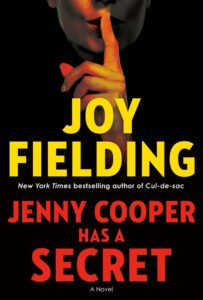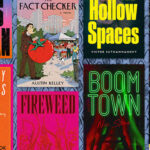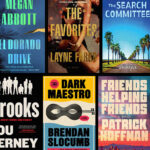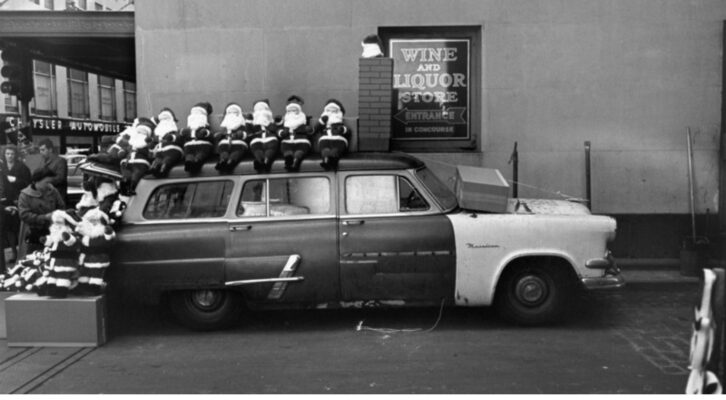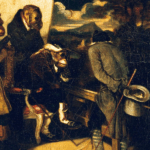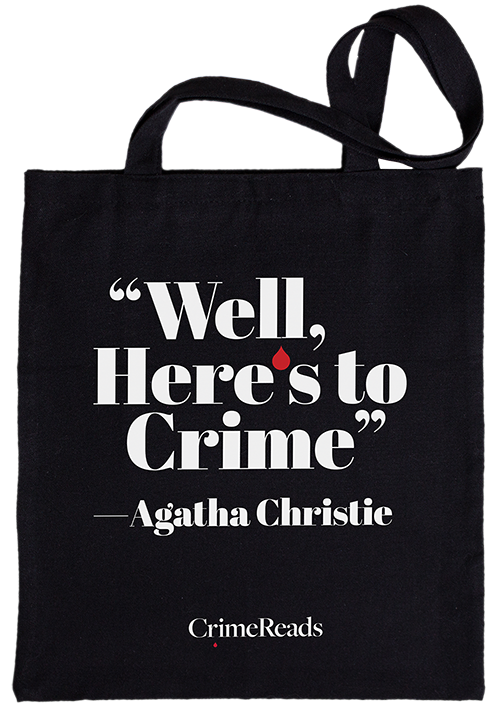One of the things you’re always told as an aspiring writer is to write about what you know. I would amend this to say – write the characters you know. I think that if you believe in a character, if you identify with their struggles, then you will follow that character anywhere, no matter how foreign or preposterous the situation. As a writer of psychological suspense, I write about ordinary women in extraordinary circumstances, and to that end, I have always striven to create real, believable women in my fiction. I want the reader to say – “That’s my mother! That’s my daughter! My sister! My God, that’s me!”
Much like a method actress, I try to imagine myself in that situation and have the character react the way I think I might react. And for the most part, my heroines have reflected where I am in my own life. So when I was a young wife and mother, my novels tended to reflect that reality: my fears, my hopes, my insecurities. As I got older, my heroines tended to age as well but, generally speaking, they stayed below the age of fifty.
The one thing you don’t see a lot of in thrillers are older women. In JENNY COOPER HAS A SECRET, the two main characters are 76 and 92 years old, and they are two of my very favorite people, even though one of them is an unrepentant serial killer!
I hope you’ll feel the same way.
Here are five of my favorite books – in no particular order – that have helped me in various way and that I would recommend for aspiring writers:
Rosemary’s Baby by Ira Levin
The terrifying story of a woman who fears that a devil-worshipping cult is after her unborn baby, only to discover that the reality is so much worse, is a true classic of suspense. It is short and concise, proving that keeping it simple is always good advice. Authors often mistake length for depth, and this novel showed me that ten words are often far more effective than one hundred, and to get to the interesting part of the story as quickly as possible.
Beartown by Fredrik Backman
This is one of my favorite books of all time. Beautifully written, it begins: “Late one evening toward the end of March, a teenager picked up a double-barreled shotgun, walked into the forest, put the gun to someone else’s forehead, and pulled the trigger. This is the story of how we got there.” Not a lot of words but you’ve got me! As a writer, you want to instantly involve the reader in your story. In this case, we don’t know the identities of the individuals involved or what happened to get them to that point, and we spend the book wondering. It was a technique I used in my own novel CUL-DE-SAC.
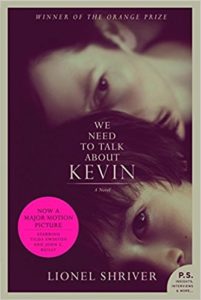
We Need to Talk About Kevin, by Lionel Shriver
This is what I would describe as a “literary page-turner.” The less said about the plot the better, as one of the best things about this novel is its ability to not only surprise the reader, but shock them as well. But very briefly, this is the story of the aftermath of a school shooting, and a mother’s anguished journey to come to terms with the horrible crimes her son has committed. It’s rare that I’m completely floored by a book, that I fail to see what’s coming, but this one left me gob-smacked. Aspiring writers should also be aware of Flannery O’Connor’s maxim that if you, as a writer, are never surprised in your own writing, you can’t expect the reader to be surprised!
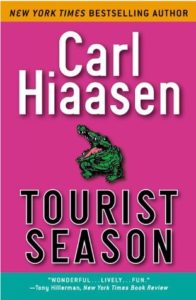
Tourist Season by Carl Hiaasen
Carl Hiassen is one of those rare suspense or crime novelists for whom humor is the key ingredient. His novels, all of which are set in South Florida, and deal with varying degrees of crime and corruption, are full of laugh-out-loud funny shenanigans. Tourist Season was Hiaasen’s first book and my personal favorite, although I suspect this will apply to whatever book you read first because the plots are largely interchangeable and not all that important. What makes these books special are the characters that Hiaasen creates, a bunch of not-quite-believable but somehow all-too-real, one-of-a-kind creations that you delight in spending time with. He taught me that humor is key to likeability.
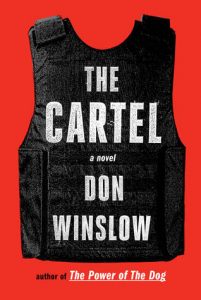
The Border and The Cartel, by Don Winslow
I’m cheating here a bit, giving you two books instead of one, but they really belong together, as one book is a sequel to the other, and you really should read both. These are big, sweeping books about DEA agents and the Mexican drug cartels, and I confess I normally get a headache just thinking about these things. I also confess to not understanding what was going on half the time or who all these characters were. I only knew that I couldn’t put the damn books down. Winslow uses short sentences that are paragraphs in themselves to keep the action moving. This technique makes the pages fly by. I learned a lot about pacing from these novels, and you will too.
And even though this isn’t really a crime novel in any way, shape or form, another novel I would highly recommend to writers interested in great story-telling is Pat Conroy’s The Prince of Tides. It’s everything a novel should be.
***


